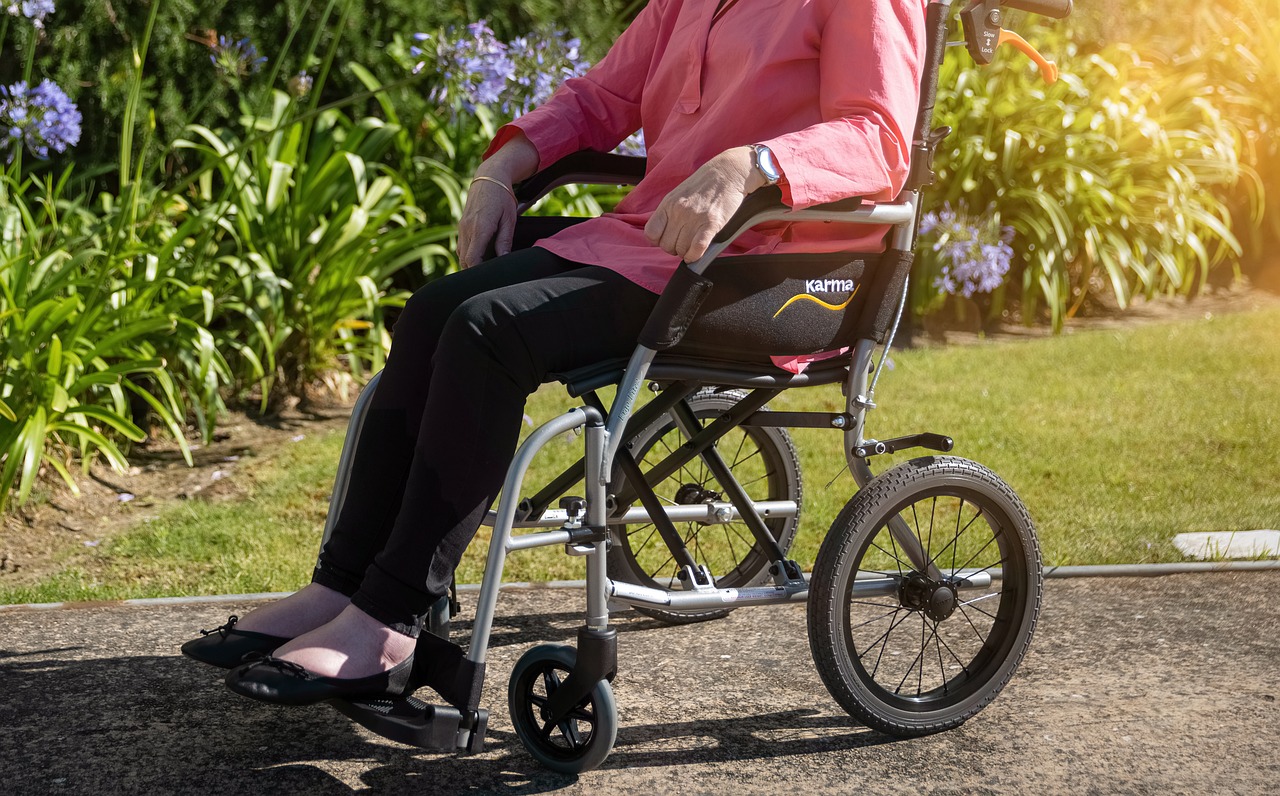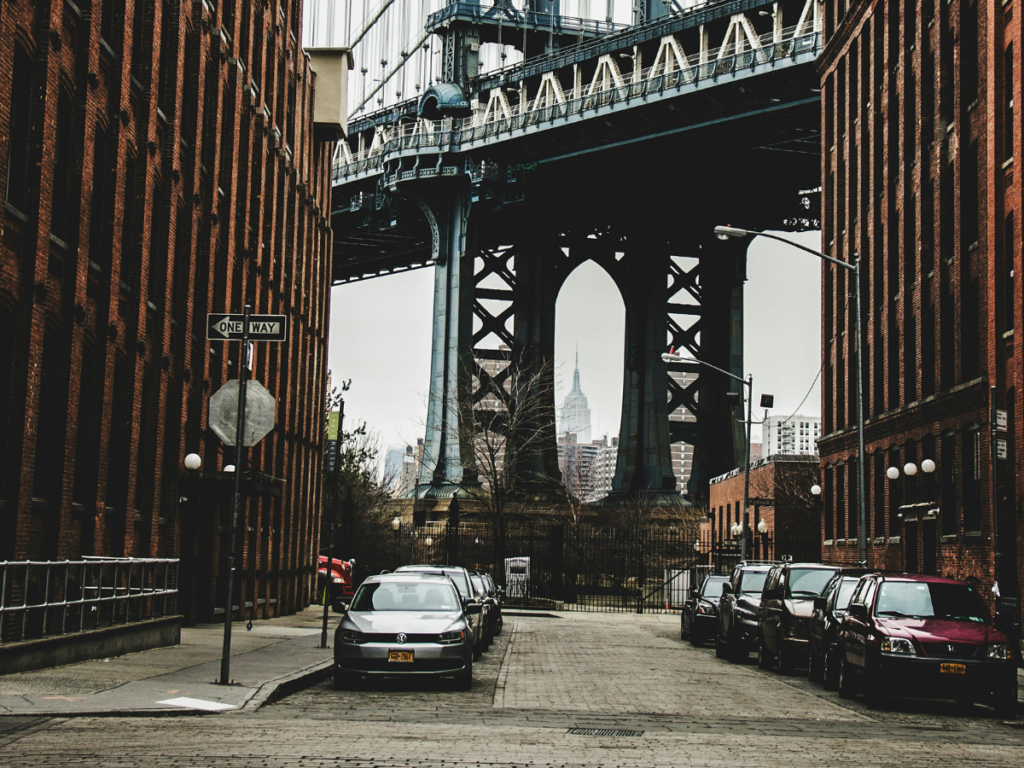12 Ways To Make Urban Areas More Disability-Friendly

Ensuring that cities are accessible and inclusive for individuals with disabilities is crucial. Creating handicap-friendly environments not only promotes equality and social inclusion but also enhances the quality of life for everyone! From accessible infrastructure to inclusive urban planning, here are 12 ways to make urban areas more disability-friendly and more accommodating for people with disabilities.
1. Handicap-Accessible City Infrastructure
Handicap-accessible city infrastructure encompasses a wide range of features and amenities designed to facilitate access and mobility for individuals with disabilities. This includes installing ramps, elevators, and lifts and curb cuts to ensure wheelchair access to buildings, sidewalks, and public spaces.
Tactile paving and audible signals at crosswalks, and braille signage to assist individuals with visual impairments in navigating urban environments safely. Handicap-accessible infrastructure also extends to public transportation systems, with buses, trains, and subway stations equipped with ramps, lifts, and priority seating for individuals with disabilities.
By investing in handicap-accessible city infrastructure, cities can create environments that are more inclusive, accessible, and welcoming for people of all abilities.
2. Improving Accessibility for Disabled in Cities
Improving accessibility for individuals with disabilities in cities involves identifying and addressing barriers to mobility and participation.
This includes ensuring that public spaces, such as parks, plazas, and recreational facilities, are designed with accessibility in mind, providing features such as wheelchair ramps, accessible seating, and adapted equipment. It can also include retrofitting existing infrastructure to meet accessibility standards, such as widening doorways and installing handrails in public buildings.
Cities can also promote accessibility by implementing policies and initiatives that support inclusive employment practices, accessible housing options, and accessible transportation services as well as offering grants or incentives for businesses to make their establishments more accessible.
By fostering a culture of accessibility and inclusion, cities can create environments where individuals with disabilities can fully participate in community life and contribute to the vibrancy and diversity of urban spaces.
3. Making Urban Areas More Disability-Friendly
Making urban areas more disability-friendly requires a holistic approach that addresses various aspects of city life. This includes ensuring that public spaces such as parks, plazas, and recreational facilities are accessible to individuals with disabilities.
It also involves providing accessible housing options and promoting inclusive employment practices to ensure that people with disabilities can fully participate in community life.
4. Accessible Public Transportation in Cities
Accessible public transportation is essential for enabling individuals with disabilities to travel independently and access essential services.
Cities can improve accessibility by ensuring that buses, trains, and subway systems are equipped with ramps, lifts, and priority seating for individuals with disabilities.
Cities can also provide accessible information and wayfinding systems to help individuals navigate public transportation networks more easily.
5. City Planning for Wheelchair Users
City planning for wheelchair users involves designing urban environments that accommodate the needs of individuals who use wheelchairs or other mobility devices.
This includes ensuring that sidewalks, crosswalks, and pedestrian pathways are wide, level, and free from obstacles to accommodate wheelchair users comfortably.
City planners should also consider the installation of curb ramps at intersections, accessible pedestrian crossings, designated wheelchair-accessible parking spaces, and drop-off zones to facilitate access for wheelchair users.
City planning for wheelchair users also involves considering the location and accessibility of public facilities, such as libraries, community centers, and healthcare facilities, to ensure that individuals who use wheelchairs can access essential services and amenities without barriers.
6. Barrier-Free Urban Environments
Creating barrier-free urban environments involves removing physical, sensory, and cognitive barriers that limit access and participation for individuals with disabilities.
This includes ensuring that buildings, public spaces, and transportation systems are accessible to people of all abilities – eliminating steps and stairs, providing alternative routes for individuals with mobility impairments, and ensuring that signage and wayfinding systems are accessible to individuals with visual or cognitive impairments.
Barrier-free urban environments feature wide sidewalks with curb cuts, tactile paving for individuals with visual impairments, and audible signals at crosswalks. Public buildings and facilities should also be equipped with ramps, elevators, and accessible restrooms to accommodate individuals with mobility impairments.
By creating barrier-free urban environments, cities promote independence, safety, and inclusion for people with disabilities, fostering a more equitable and accessible society.

7. Creating Inclusive Cities for People with Disabilities
Creating inclusive cities involves considering the diverse needs and experiences of individuals with disabilities in urban planning and development.
Involving people with disabilities in the planning process is key, along with conducting accessibility audits of public spaces, and implementing universal design principles to ensure that infrastructure and services are usable by everyone.
This includes ensuring that public spaces, transportation systems, and facilities are accessible to individuals with disabilities, regardless of their mobility, sensory, or cognitive impairments. Inclusive cities also promote social inclusion by providing opportunities for individuals with disabilities to participate fully in community life, including employment, education, and recreational activities.
Creating inclusive cities also requires fostering a culture of respect, acceptance, and support for individuals with disabilities, challenging stereotypes and barriers to inclusion, and advocating for policies and initiatives that promote equality and accessibility for all. It’s important to prioritize diversity, equity, and inclusion, which fosters a sense of belonging and community for people with disabilities!
8. Handicap-Friendly Pedestrian Pathways
Handicap-friendly pedestrian pathways are essential for enabling individuals with disabilities to navigate urban environments safely and independently.
These pathways feature wide, level surfaces free from obstacles, making them suitable for wheelchair users, individuals with mobility aids, and pedestrians with strollers or carts. Handicap-friendly pedestrian pathways can also incorporate benches, rest areas, accessible public restrooms, curb ramps at intersections, tactile paving for individuals with visual impairments, and audible signals at crosswalks to enhance accessibility.
By prioritizing the design and maintenance of handicap-friendly pedestrian pathways, cities promote inclusivity and equality, creating environments where everyone can move around with dignity and ease.
9. Urban Accessibility Initiatives
Urban accessibility initiatives aim to improve accessibility and inclusion for individuals with disabilities in cities through targeted policies, programs, and investments.
This may include providing funding for accessibility improvements to public infrastructure, offering incentives for businesses to become more accessible, and implementing public awareness campaigns to promote disability inclusion.
Cities may invest in retrofitting existing infrastructure to meet accessibility standards, such as installing ramps, elevators, and tactile paving. Urban accessibility initiatives may also involve implementing accessible transportation services, promoting inclusive employment practices, and providing resources and support for businesses to become more accessible.
Community involvement and collaboration are key components of urban accessibility initiatives, as they ensure that the needs and perspectives of individuals with disabilities are central to the planning and implementation process. Urban accessibility initiatives require collaboration between government agencies, businesses, advocacy organizations, and community members to achieve meaningful and sustainable change.

10. Wheelchair-Accessible City Design
Wheelchair-accessible city design involves incorporating features and amenities that facilitate access and mobility for individuals who use wheelchairs.
This includes providing wheelchair-accessible parking spaces, entrances, and elevators in public buildings, as well as ensuring that sidewalks, pedestrian pathways, and public transportation systems are accessible to wheelchair users.
Wheelchair-accessible city design promotes independence, autonomy, and dignity for individuals with mobility impairments, enabling them to participate fully in urban life.
11. Promoting Disability Inclusion in Urban Planning
Promoting disability inclusion in urban planning requires a commitment to ensuring that the needs and perspectives of individuals with disabilities are integrated into all aspects of city planning and development.
This includes conducting accessibility assessments of proposed development projects, consulting with individuals with disabilities on design decisions, and incorporating universal design principles into urban planning guidelines and regulations.
Cities can create more equitable, accessible, and sustainable urban environments for people of all abilities!
12. Accessible Amenities for Disabled in Cities
Accessible amenities, such as public restrooms, parks, and recreational facilities, are essential for ensuring that individuals with disabilities can fully participate in city life.
Cities can improve accessibility by providing amenities that meet the diverse needs of people with disabilities, such as accessible changing tables, wheelchair-accessible playground equipment, and adaptive sports programs.
Cities can also provide accessible information and communication materials to help individuals with disabilities access city services and resources more easily.
***
Making cities more handicap-friendly requires a comprehensive approach that addresses physical, sensory, and cognitive barriers to accessibility.
By implementing accessible infrastructure, promoting disability inclusion in urban planning, and investing in initiatives to improve accessibility and inclusion, cities can create environments that are welcoming, inclusive, and equitable for people of all abilities.
Together, we can build cities that prioritize accessibility and ensure fair access for everyone.
Need more information on disabled parking in the US? From ADA parking guidelines Pennsylvania to finding accessible parking spots Colorado, we offer a useful bank of detailed topics on the Dr Handicap blog. Check it out today!
Featured image by Francisco Zuasti from Pixabay.